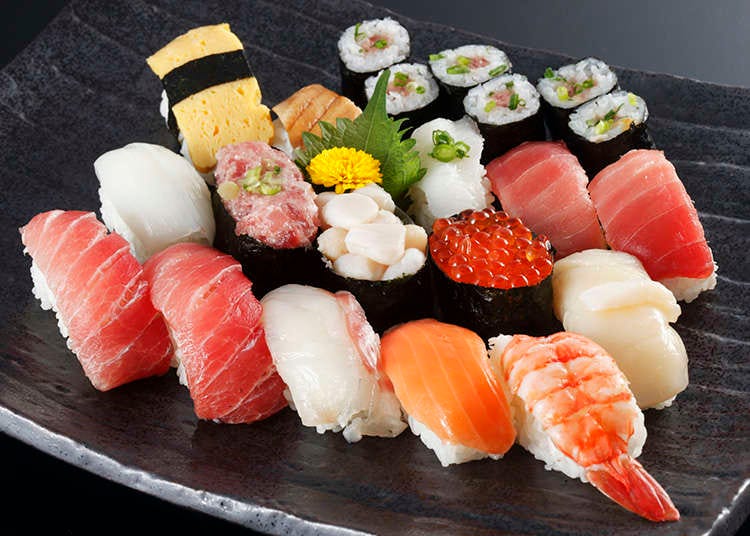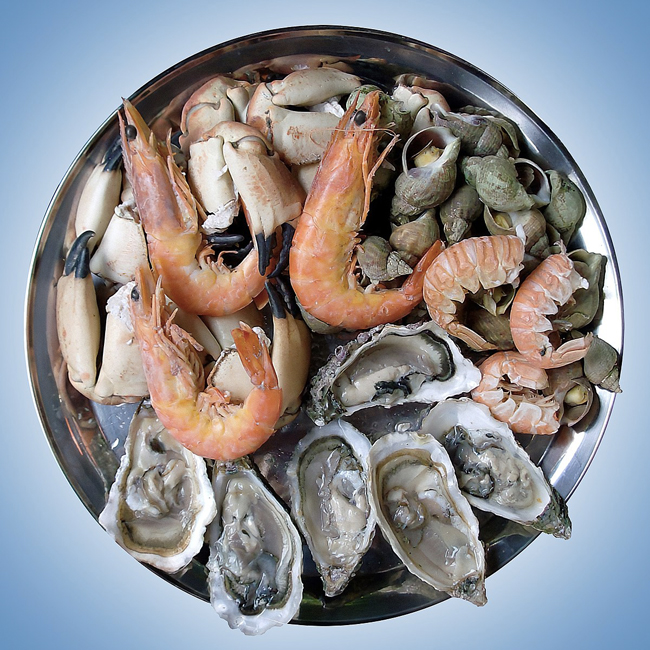December 7, 2024 – The Hidden World of Hudson River and Long Island Sound
Yong Chen’s team, Stony Brook University. The Hudson River and Long Island Sound play crucial roles in the lives of Long Island communities. These waterways provide essential ecological, economic, and recreational benefits. A group of scientists and PhD students at Stony Brook University will take you on a “dive” into these waters to learn the stories of local tiny fish and crustaceans, and their adaptation to the changing environment.









